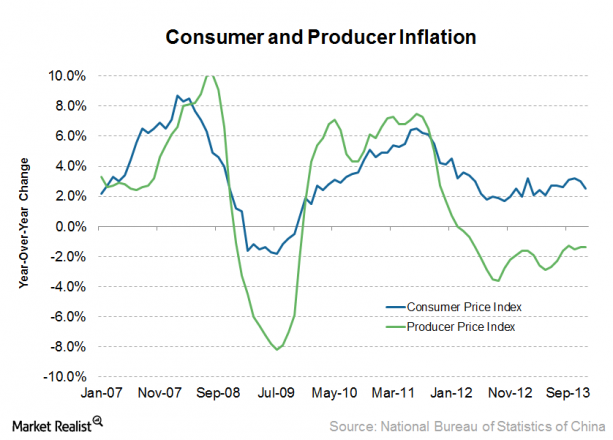China ETFs Look for More Central Bank Support
Post on: 26 Апрель, 2015 No Comment

ETFtrends.com — ETF Trends — Tue Feb 10, 6:30AM CST
- Article Comments (0)
China exchange traded funds have not impressed to start 2015, but additional stimulus from the People’s Bank of China could be supportive of Chinese equities and the relevant U.S.-listed exchange traded funds.
Earlier this month, the PBOC extended its stimulus measures, reducing financing costs for businesses and potentially reigniting growth in the economy. While the Chinese central bank has been loath to enact loose monetary policies, the PBOC could be reacting to other global central banks’ easing, with some expecting more out of China ahead. [Upside for Bank-Heavy China ETFs ]
John Krey, International Cross-Asset Investment Analyst for S&P Capital IQ. “expects that People’s Bank of China has plenty of scope to relax credit further, but is awaiting the announcement of the state’s 2015 budget in addition to growth targets this year and next for the domestic economy at the next session of the National People’s Congress scheduled in March. Krey thinks China is one of the more attractive emerging markets, bearing in mind market concerns that the ongoing anti-corruption campaign is another official effort to curtail further decentralization and re-concentrate political power in the hands of the Communist party in Beijing and its current president. Xi Xinping,” said the research firm in a new note.
ETFs, including the iShares China Large-Cap ETF (NYSEArca: FXI ) and the SPDR S&P China ETF (NYSEArca: GXC ) , that track China H-shares have been mediocre performers to start 2015. Home to $6.1 billion in assets under management, FXI is the largest U.S. listed China ETF and known in large part for its massive 48% weight to bank stocks. That is more than three and a times the ETF’s second-largest sector weight, a 13.7% allocation to energy stocks.
FXI and its rivals, several of which also feature smaller but still significant weights to Chinese banks, could benefit from favorable PBOC monetary policy. The largest state-backed banks could benefit from the grater flexibility to set rates. These banks won’t have to compete for deposits since the average saver will feel these banks are safer as a government-controlled entity. [Rate Cuts Help Bank-Heavy China ETFs]
The $1 billion GXC features a more modest 32.3% weight to the financial services sector and is a broader play on China’s diverse economy. GXC tracks the performance of the S&P China BMI Index, includes a diverse breakdown of varying Chinese share classes, including 45% H-shares, 18% Red-Chips, 25% P-Chips and 12% N-shares. GXC’s 23.1% weight to the technology sector is about double FXI’s tech weight.
“GXC also outperformed the MSCI Emerging Markets index during 2014, rising 8.0%, but it lagged FXI. However, its three-year standard deviation of 15.2 is lower than FXI’s 17.9,” according to S&P Capital IQ.
To its credit, GXC has outperformed FXI by 630 basis points over the past five years.
“GXC has a lower 0.59% expense ratio, but trades less regularly. Average daily volume of nearly 200,000 has resulted in a wider $0.05 bid/ask spread. Both ETFs earn a favorable ranking input for holding stocks with above-average S&P Capital IQ Quality Rankings,” said S&P Capital IQ. [Don’t Ignore This China ETF]
S&P Capital IQ has marketweight ratings on FXI and GXC.
SPDR S&P China ETF














